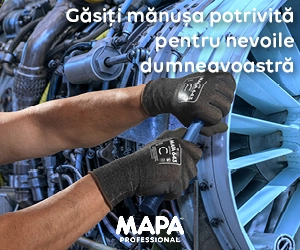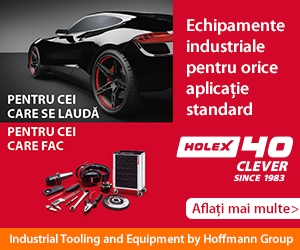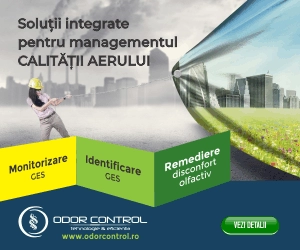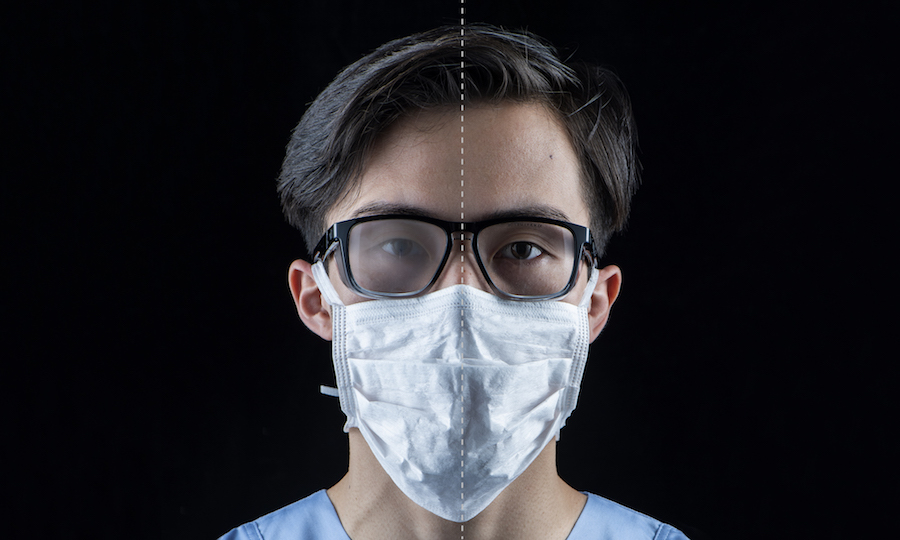Confined Space Awareness
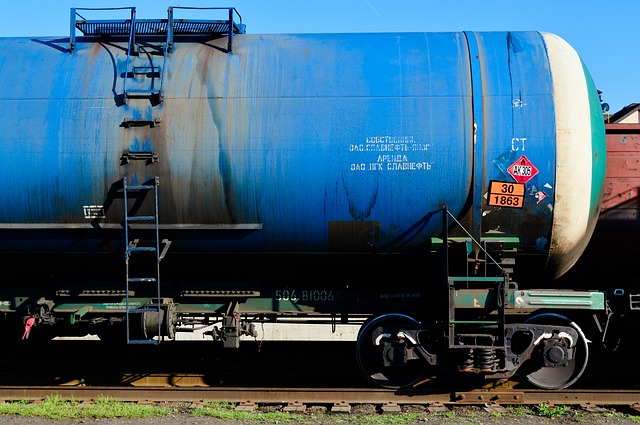
by Bogdan Tadio - published in the 2017 HSE Romanian Guide
Working in confined spaces presents a real challenge for the safety personnel. Confined spaces due to the very big multitude of types can be found in almost all industries from chemical and oil&gas industries to construction industry and even to food or heavy machinery industry. Basically, whenever we find boilers, pressure vessels, cargo holds, cargo tanks, ballast tanks, double bottoms spaces, double hull spaces, fuel oil tank, lube oil, sewage-tanks, pump-rooms, compressor rooms, cofferdams, void spaces, duct keels, inter-barrier spaces and engine crankcases can be included in the list of confined space and this is still not limited, there can be more others. It is not possible to provide a comprehensive list of confined spaces. Some places may become confined spaces when the work is carried out, or during their construction, fabrication or subsequent modification.
Considering that this long list is an open one there comes one question… “What is a confined space and how can it be recognized?” - The answer can vary depending on what legislation we are looking at, if we follow the USA OSHA, the confined space means a space that has any of the following characteristics: limited openings for entry and exit, unfavorable natural ventilation, not designed for continuous worker occupancy, if we follow the “UK Confined Spaces Regulations 1997” that are more close to the UE legislation, then the confined space means any space of an enclosed nature where there is a risk of death or serious injury from hazardous substances or dangerous conditions.
“If the confined spaces are so commonly spread, how dangerous can it be?” - The answer is unpleasant: in the confined spaces which are difficult to access and poor ventilated such as columns, tanks and silos, mechanical incidents may occur or dangerous gas clouds may form unexpectedly and lead to spontaneous combustion. There is a risk of injury due to lack of oxygen, toxic and explosive gases, harmful particles and mechanical impact. Accidents in confined spaces often result in death and normally affect several persons at once.
USA: „A 2012 study published by the University of Berkeley in California, USA shows that 530 workers were killed in 431 accidents by toxic gases or due to lack of oxygen while working in confined spaces in the USA between 1990 and 2005. This number equates to an average of 29 accidents and 36 deaths annually – in the USA alone. According to the study, the activities which most frequently lead to accidents are repair and maintenance work (24 percent of the examined cases) followed by cleaning activities (12 percent) and inspections (11 percent).” *1
UK: “A number of people are killed or seriously injured in confined spaces each year in the UK. This happens in a wide range of industries, from those involving complex plant to simple storage vessels. Those killed include not only people working in the confined space but those who try to rescue them without proper training and equipment.” *2
Looking to the above aspects naturally there comes another question: “What are the exact risks associated with confined space working and how can it be controlled?” - The answer can’t be simple, the risks associated with confined space can be some listed below but that are not exhaustive:
- Lack of oxygen that can occur where there is a reaction between some soils and the oxygen in the atmosphere; following the action of groundwater on chalk and limestone which can produce carbon dioxide and displace normal air; inside of steel tanks and vessels when rust forms.
- Poisonous gas, fume or vapour that can build-up in sewers and manholes and in pits connected to the system; enter tanks or vessels from connecting pipes; leak into trenches and pits in contaminated land, such as old refuse tips and old gas works.
- Liquids and solids which can suddenly fill the space or release gases into it, when disturbed. Free flowing solids such as grain or ciment can also partially solidify or ‘bridge’ in silos causing blockages which can collapse unexpectedly.
- Fire and explosions (example: from flammable vapours, excess oxygen, etc).
- Residues left in tanks, vessels etc, or remaining on internal surfaces which can give off gas, fume or vapour.
- Dust may be present in high concentrations, in flour silos for example.
Some of the above conditions may already be present in the confined space but other may arise through the work being performed, or because of ineffective isolation of equipment nearby, for example a leakage from a pipe connected to the confined space. The enclosure and working space may increase other dangers arising through the work being carried out, for example machinery being used may require special precautions, such as provision of dust extraction for a portable grinder, or special precautions against electric shock. Gas, fume or vapour can arise from welding or by use of volatile and often flammable solvents. If the access to the space is through a restricted entrance, such as a manhole, escape or rescue in an emergency situation will be more difficult.
Regarding the part about how the risks can be controlled it is even more complicated, so first let’s understand what are the most frequent causes of accidents:
- Missing or insufficient hazard identification and risk assessment,
- Insufficient threat awareness,
- No selection or the incorrect selection of gas detection instruments,
- The use of unsuitable personal protective equipment,
- The lack of training of workers who are designated to entry in the Confined Space.
From legal requirements the employer must perform a suitable and sufficient assessment of the risks for all work activities for the purpose of deciding what measures are necessary for safety. For work in confined spaces this means identifying the hazards present, assessing the risks and determining what precautions to take. In most cases the assessment will include consideration of: the task, the working environment, working materials and tools, the suitability of those carrying out the task, and arrangements for emergency rescue.
This is not a easy task even for an experienced general risk assesment specialist, therefore it is recommended to seek for professional help from someone that is specialized in confined spaces entry. He can focus on specific risks including the hidden ones and also to generate a Confined Space Program if there are identified potentially dangerous confined spaces.
These regulations regarding potentially dangerous confined spaces contain the following key duties in the mentioned order: avoid entry to confined spaces, for example doing the work from outside; if entry to a confined space is unavoidable, follow a safe system of work; and put in place adequate emergency arrangements before the work starts.
In practice to successful fulfill of this requirements, it is necessary to develop and implement a Confined Space Program that includes: identification and proper marking of all potentially dangerous confined spaces; procedure for risk assement prior to starting the job; work permit system; efficient isolation system; emergency arragements; training that supports accurate identification and mitigation of hazards posed by both the confined space and the work that will be performed in it.
The necessary precautions to reduce the risk will depend on the nature of the confined space, the associated risk and the work involved. Everyone involved will need to be properly trained and instructed to make sure they know what to do and how to do it safely. The required entrance form or work permit must provide guidance, every entry must be documented. There are some elements named below that are not exhaustive, but many of them are key to be considered when preparing a Confined Space Program.
All entries must be supervised by a confined space entry supervisor and performed by workers who receive the training required at the attendant or entrant level and who are suitable for the type of work that is supposed to be performed. Supervisors should ensure that the necessary precautions are taken, check safety at each stage and may need to remain present during work in progress. All involved must be aware about own tasks and responsibilities, error or confusion can lead to risky situations.
Mechanical and electrical isolation of equipment is essential if it could otherwise operate, or be operated, inadvertently. If gas, fume or vapour could enter the confined space, physical isolation of pipework needs to be made. In all cases a check should be made to ensure isolation is effective.
Ensuring a proper ventilation by increasing the number of openings and therefore improve ventilation. Mechanical ventilation may be necessary to ensure an adequate supply of fresh air. This is essential where portable gas cylinders and diesel-fuelled equipment are used inside the space because of the dangers from build-up of engine exhaust. Warning: carbon monoxide in the exhaust from petrol-fuelled engines is so dangerous that use of such equipment in confined spaces should never be allowed!
Testing the atmosphere may be necessary to check that it is free from both toxic and flammable vapours and that it is fit to breathe. Testing should be carried out by a competent person using a suitable gas detector which is correctly calibrated. Where the risk assessment indicates that conditions may change, or as a further precaution, continuous monitoring of the air may be necessary.
Many accident investigations reveal that knowledge, skills and experience are often lacking when it comes to testing the atmosphere inside of a container before entering it. The selection of the right gas detector and its correct operation are vital for minimising risks.
When it comes to so-called clearance measurements, miscalculations are common as a result of measurements being taken in the wrong places. Often the wrong sensor technology is also used. For example, an EX sensor only measures whether gas is present in an explosive concentration but does not detect any toxic substances which may also be contained in the atmosphere. Some toxic concentrations are so low that they are not displayed by the EX sensor reading, even though a risk of intoxication is present. An EX sensor generally only measures volume percent, allowing it to detect a risk of explosion but not a possible intoxication, which may already be in the ppm range (ppm: parts per million). For this, there are special photoionisation detectors (PID sensors) which can detect harmful substances in the ppm range.
Provision of special tools as non-sparking tools and specially protected lighting are essential where flammable or potentially explosive atmospheres are likely. In certain confined spaces (for example inside of metal tanks) suitable precautions to prevent electric shock include usage of extra low voltage equipment (typically less than 25 V) and, where necessary, residual current devices.
Provide an emergency rescue plan and provide suitable rescue and resuscitation equipment that will depend on the likely emergencies identified. The emergency team need to be properly trained, sufficiently fit to carry out their task, ready at hand, and capable of using any equipment provided for rescue, for example breathing apparatus, lifelines and fire-fighting equipment. Rescuers also need to be protected against the cause of the emergency.
A large proportion of fatal accidents in confined spaces occur during rescue attempts. Colleagues respond impulsively without having properly assessed the situation in advance. Rescuers are often injured or killed due to the same causes which originally endangered the colleague in the confined space. If a colleague has lost consciousness due to gas in the container, the rescuer will also be affected if he or she enters the space without a proper respiratory protective device.
In addition to all that are above, please take in consideration that a proper training is an important premise for avoiding accidents during work in confined spaces. Training sessions simulate a real work scenario and start, for example, by demonstrating the correct way to take clearance measurements and the use of personal protective equipment followed by entry and exit exercises. Participants are also trained in how to respond in stressful situations and low visibility in interiors as well as in the evacuation of unconscious and injured persons.
Also, information and consultation is very important to be taken in consideration. Some companies are not even aware that their factory/site includes confined spaces. This means that there is no risk assessment because a hazard has not been recognised. A joint inspection with an experienced safety expert and a detailed risk assessment can reveal that even a supposedly “harmless” large basin, or cavities for maintenance access can all be classified as confined spaces
References:
- Drägerwerk AG & CO Confined spaces in the chemical industry – where no two jobs are the same;
- HSE broshure - Safe work in confined spaces;
